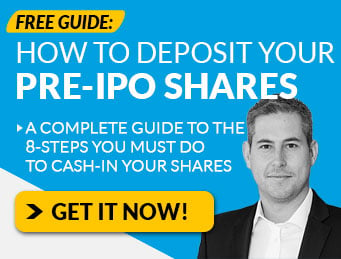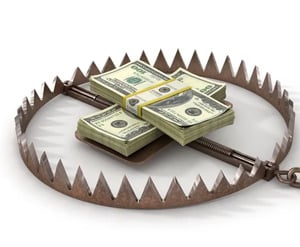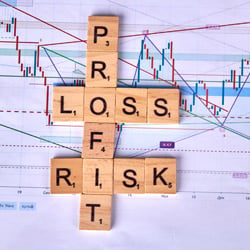Let me know if this sounds familiar…
“Looking for a proven way to have tens of thousands of dollars hit your bank account each month, with zero work from you, starting as soon as tomorrow?”
If so, you’ve probably wasted a lot of money buying “passive income” fairy tales from all manner of conmen and internet hucksters.
That’s why today, we’re gonna take a step back from all the hype and talk about how passive income really works…
But before we get into the nitty gritty, let’s talk about the biggest lie you’ve been sold by people who get rich by selling information on how to get rich…
Passive income is a tax deduction sleight of hand, not a magical lifestyle of freedom.
And understanding this distinction is really important to you building a portfolio of assets that spin off heavily tax-favored “passive income” into your bank account each month.
- [legal disclaimer: I am not a tax advisor and am not licensed to give tax advice. This conversation is purely for illustrative purposes. Please talk to a professional about your specific situation.]
Here’s what I mean…
When it comes time to file your taxes, there are two types of income: Active Income and Passive Income.
As the name suggests, Active Income comes from what’s called “ordinary income”… which are things like wages and salaries earned from an employer.
In the United States, we use a progressive federal tax bracket system. There are seven brackets that range from 10% – 37%.
And while there’s no “free lunch” in investing… there is definitely a free lunch when it comes to tax deductions…
Passive income is taxed at a 0% – 20% federal rate (with some exceptions though. Please talk to your tax professional)
Let me say that again. 10% – 37% taxes vs 0% – 20%. Which would you rather have?
But according to the IRS, there are only two kinds of passive activities.
- Trade or business activities in which you don’t materially participate during the year.
- Rental activities, even if you do materially participate in them, unless you’re a real estate professional.
To put this in plain english, this means the way your income qualifies as passive income is by owning rental real estate or pieces of other businesses!
But there’s a catch you need to be aware of. And that’s “material participation.”
The standards for material participation include:
- 500+ hours toward a business or activity from which you are profiting.
- If participation has been “substantially all” of the participation for that tax year.
- Up to 100 hours of participation and at least as much as any other person involved in the activity.
- Material participation in at least five of the past 10 tax years.
- For personal services businesses, material participation in three previous tax years at any time.
Or again, put in plain english, if you are a legitimate “investor” and not a “manager” of the business operation, broadly speaking, you qualify.
Here’s why…
According to the tax code: You don’t treat the work you do in your capacity as an investor in an activity as participation unless you’re directly involved in the day-to-day management or operations of the activity.
Work you do as an investor includes:
- Studying and reviewing financial statements or reports on operations of the activity,
- Preparing or compiling summaries or analyses of the finances or operations of the activity for your own use, and
- Monitoring the finances or operations of the activity in a nonmanagerial capacity.
And this is hugely important for you to understand for three reasons…
First: There’s no such thing as “100% passive income”! If you are a passive investor in a business (and rental property is definitely a business), it means someone else has to run that business for you in order for you to get those returns.
This means you need to trust that person who is running it, and you’ll probably need to check in on them on an ongoing basis.
Second: If your primary financial goal is generating enough cash flow from your investment activity to cover your basic expenses……
You should probably stop investing largely in super speculative startups… and start investing in cash flow producing assets (like real estate, private debt, or companies paying dividends).
Third: Even though it requires real effort, being a private market investor is one of the best ways to build long term wealth, simply because of the favorable tax treatments.
For more insight into how to build your private market cashflow portolfio — and what pitfalls you need to avoid — sign-up to our new private market investing workshop here.
Sincerely,
Jake Hoffberg – Publisher
Equifund













